Step into a world of printmaking at the much-loved Finnish design house and discover the perks of a ‘colour kitchen’, the simple pleasure of a coffee cup, and why Marimekko might have been an ice cream shop instead.
Marimekko was made to be different. Established in 1951, the brand’s founder Armi Ratia was a charismatic force, and in many ways well ahead of her time, building her company on principles of sustainability, women’s empowerment and creative freedom. Over the last seventy years, Marimekko has grown into a global success, but its Finnish heritage remains key to everything – from bright prints designed to combat winter blues to the company’s extraordinary printing factory in the heart of Helsinki.
In celebration of Marimekko: The Art of Printmaking, our friends at Thames & Hudson spoke to Minna Kemell-Kutvonen, Director for Home Design & Prints, to discover what inspires the brand’s iconic prints, and how their designers and technical specialists bring timeless designs to life. Read on …
Creative Inspiration and the Printmaking Process
with Minna Kemell-Kutvonen, Director, Home Design & Prints
Where does the life of a Marimekko print begin?
When we create new collections, we start by taking inspiration from our design archive, which contains 3,500 patterns from all seven decades of Marimekko’s history. We also work closely with freelance designers, to complement this legacy with new thinking. It’s always about finding a type of balance, working things from the archive together with new interpretations. Our archives are so big that we often find things we haven’t seen before, even those of us who have been at Marimekko a long time!
What happens next is that we brief print designers and product designers on a theme for a new collection, and we have them send us their own interpretation on that theme. We really cherish creative freedom, so that designers can bring their own ideas to things. There is a lot of room for dialogue throughout the whole process, as we further develop their great ideas. Everything is very collaborative and cooperative, so it’s really a creative community.
The influence of nature can be seen throughout Marimekko’s designs, most recognizably in the iconic Unikko flower print. As well as nature, where do you draw inspiration from?
I have to say that everyday life is our main source of inspiration. Our designers always say that: it’s just everyday life! You can find everything there. That is the most inspiring thing, and it means that our designers are really living and enjoying their life, and then taking influences from there and transforming them into designs.
Throughout Marimekko’s history, and today, it’s been really important that we invite many different types of designers to join our community, in order to have different hand styles and design languages. Marimekko’s aesthetic really comes to life when there are combinations of different aesthetics. You might call them happy contradictions, or opposites. They power each other, and they become something more.
How does an idea become a finished Marimekko print?
First we brief the designers and they begin to work. Once they have a design ready, they’ll show us their first sketches and then we’ll give them some feedback, and we continue like this. We have a lot of in-house technical expertise in terms of printmaking, so it means that designers have complete freedom in the creative process, knowing that the technical team will be able to support them and capture their designs on fabrics or other products.
Can you tell us about the Marimekko factory in Herttoniemi? What takes place there, and how are prints brought to life?
The printing factory here in Herttoniemi is about six kilometres from the Helsinki city centre. It’s part of our headquarters, and it’s the heart and soul of Marimekko. The factory is an absolutely crucial part of our creative process, where craftspeople and designers are able to come together to share their knowledge. The factory is also where innovation happens, when technical specialists and designers meet. It’s a kind of test lab for innovating with materials and dyes.
The factory is the only one in the Nordic countries operating on an industrial scale. A lot of our home textiles, kitchen textiles and dresses are printed here.
How do designers and printmakers work with colour? Are there any limitations?
If we have a colour we want to create on a print, we can give a real-world reference to our colour kitchen, and they can prepare it for us. But we also have a library of thousands and thousands of colours – many nuanced tones, and a lot of yellows, blues and so on. So we are able to come back to beautiful tones we used earlier.
How has the printmaking process changed since Marimekko’s founding 70 years ago? What has stayed the same?
There have been changes in terms of technical solutions and digitization, and also dyes have changed for environmental reasons. But what has stayed the same is the integrity of our designs, and the focus on originality and creativity.
As the book explains, ‘It is always possible to find a human touch, a trace of the hand, in a Marimekko print’. What role does ‘perfect imperfection’ play in the making of prints?
Human touch is absolutely one of the key features in Marimekko prints. It’s such a strong part of our design language and it makes our products approachable, and also better to look at. This ‘perfect imperfection’ makes the designs more pleasing to experience. Being mechanical would not feel good or interesting.
—Marimekko: The Art of Printmaking by Marimekko and Laird Borrelli-Persson (Thames & Hudson Australia) is out now.
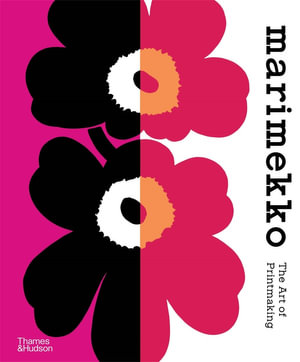
Marimekko
The Art of Printmaking
Finnish for 'Mary's dress', Marimekko was founded in 1951 by Armi Ratia. Going against the restrictive fashion of the period, it produced flowing dresses in abstract patterns and vibrant colours, which remain the house's signature to this day.
Blending archival photographs and advertisements with modern campaign imagery as well as newly commissioned photography, Marimekko: The Art of Printmaking tells the story of the house's most iconic designs...





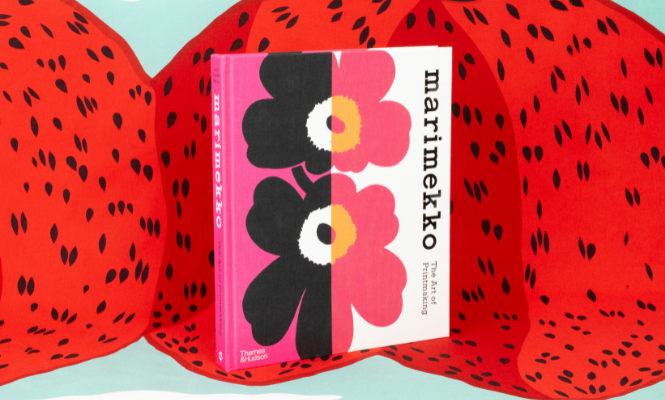
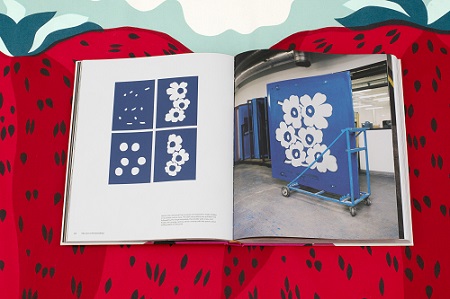
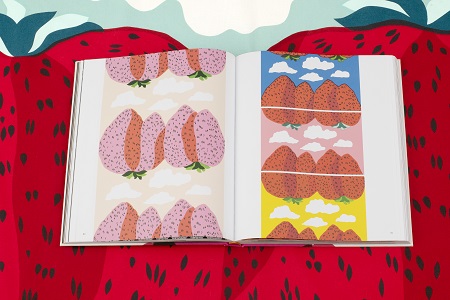


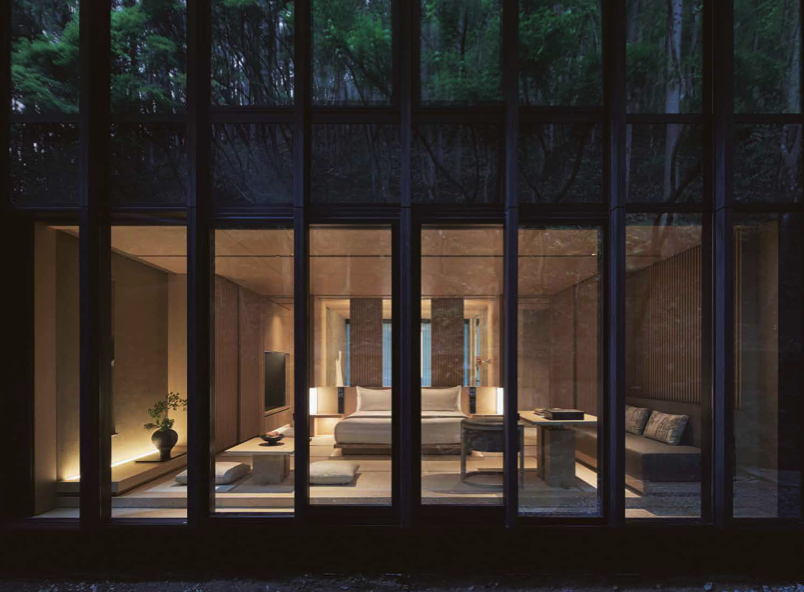 Read an extract from KHA / Kerry Hill Architects: Works and Projects
Read an extract from KHA / Kerry Hill Architects: Works and Projects  Everything Robyn Lea learned from the creative women in A Room of Her Own
Everything Robyn Lea learned from the creative women in A Room of Her Own  Look inside Ken Done: Art Design Life
Look inside Ken Done: Art Design Life
Comments
No comments